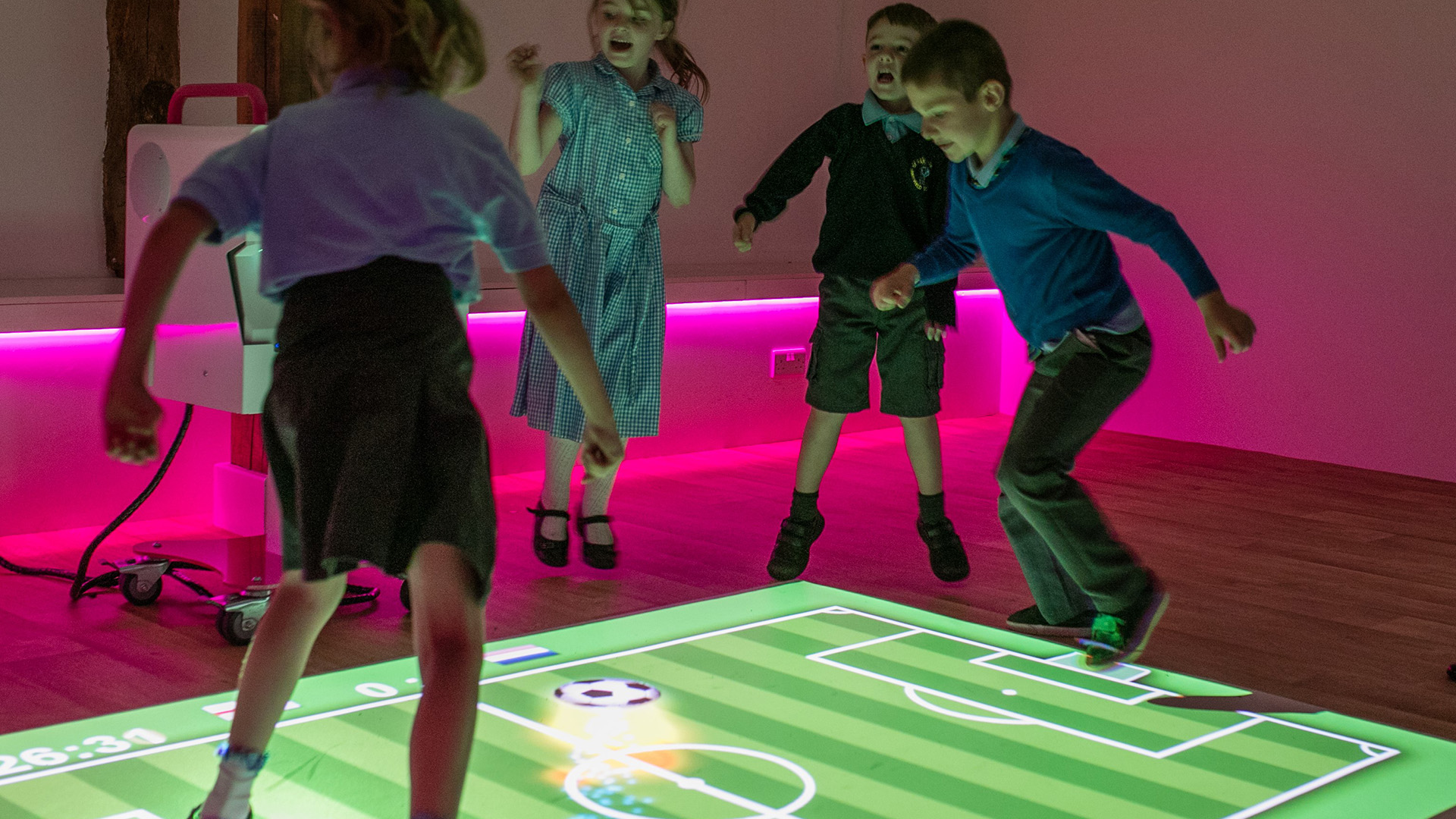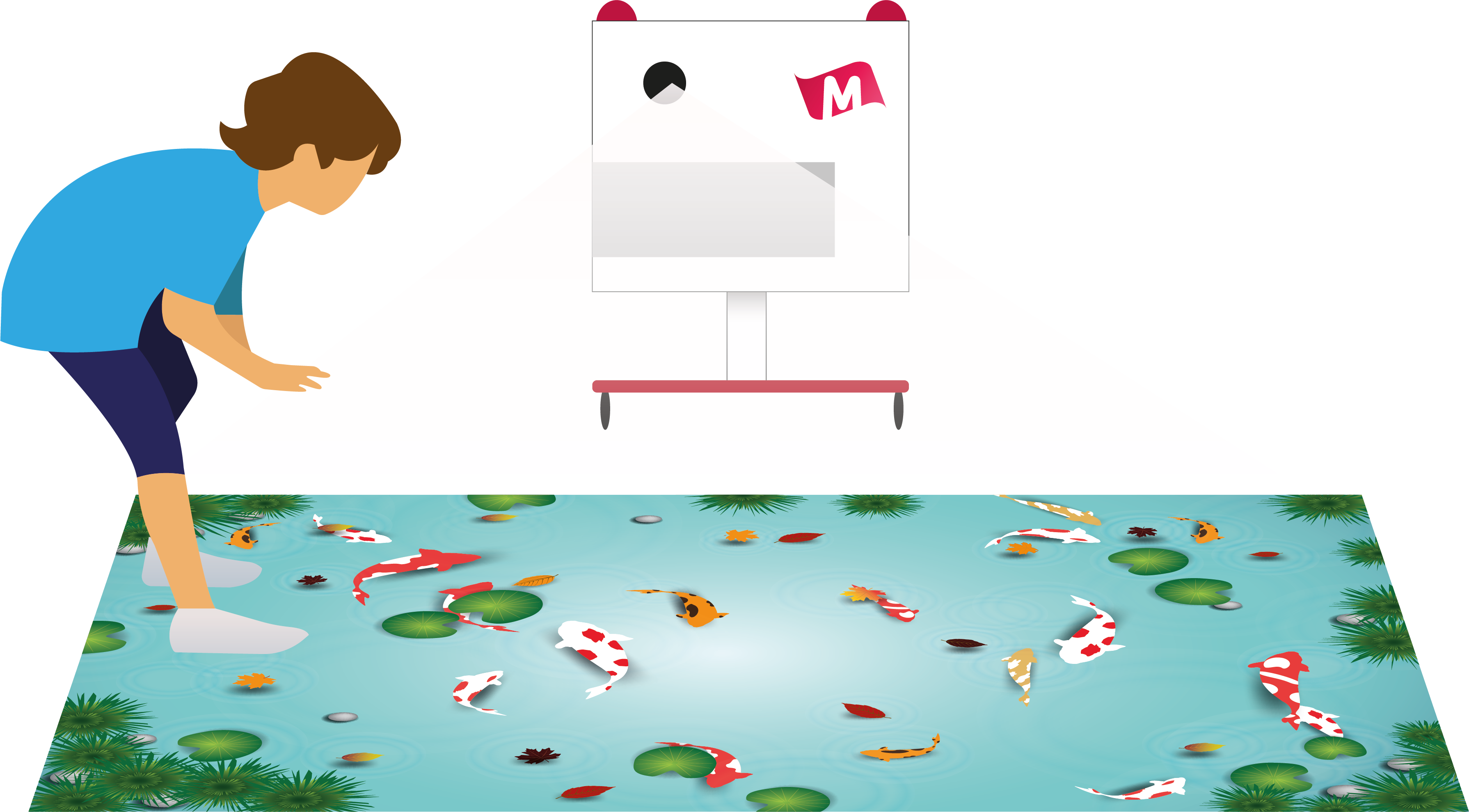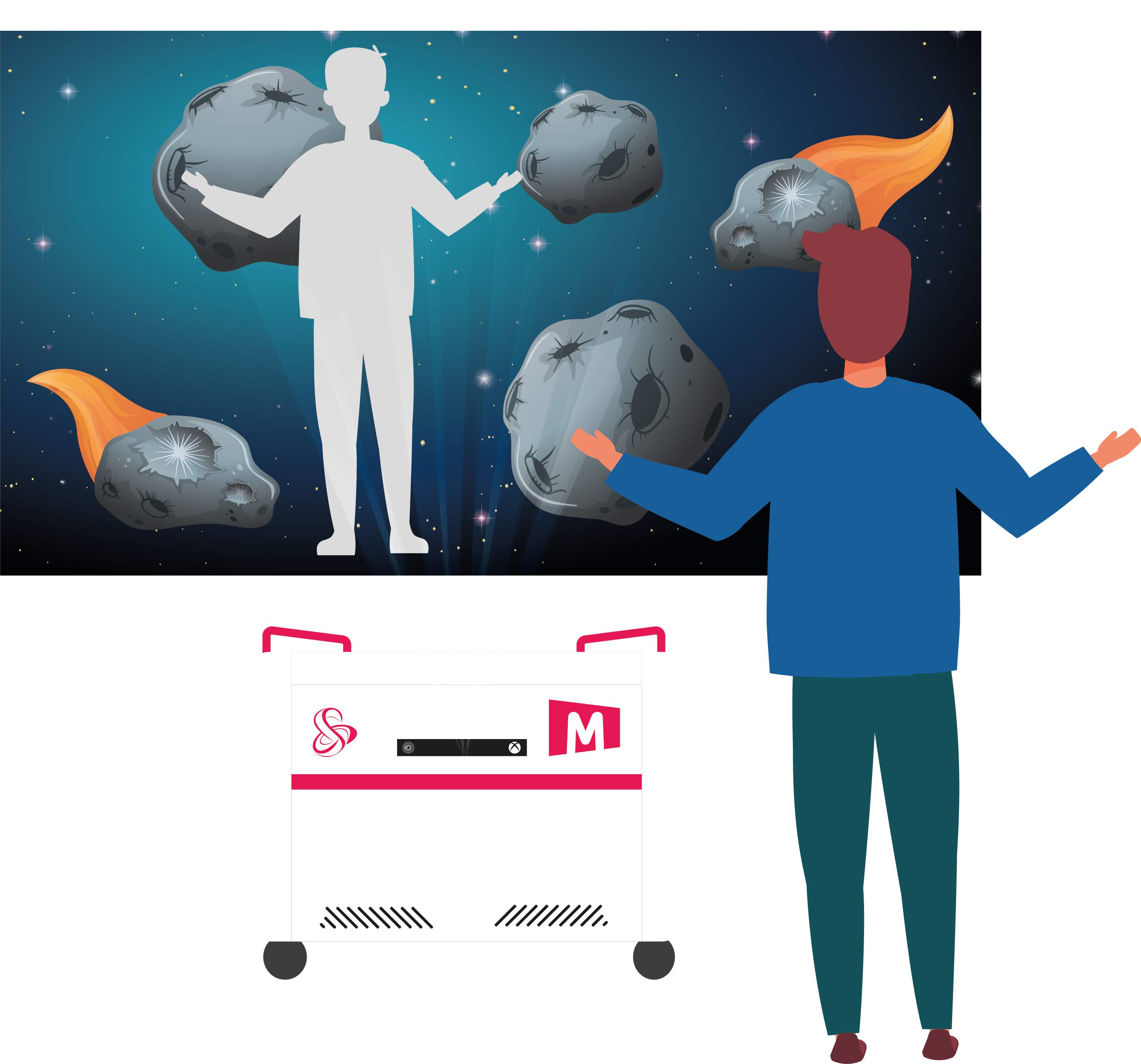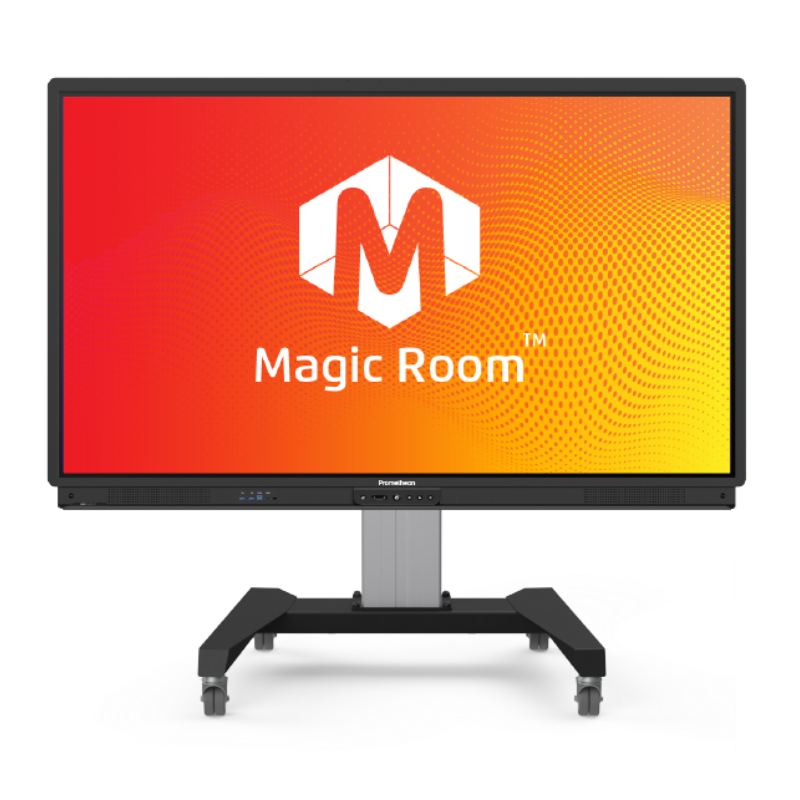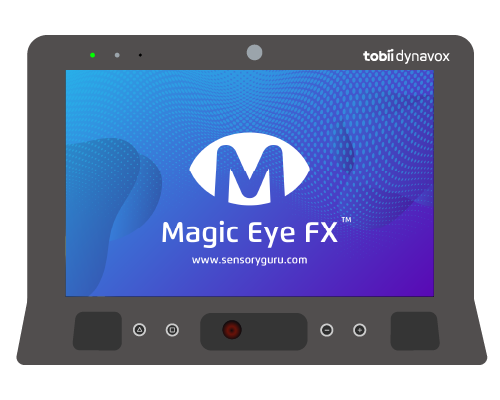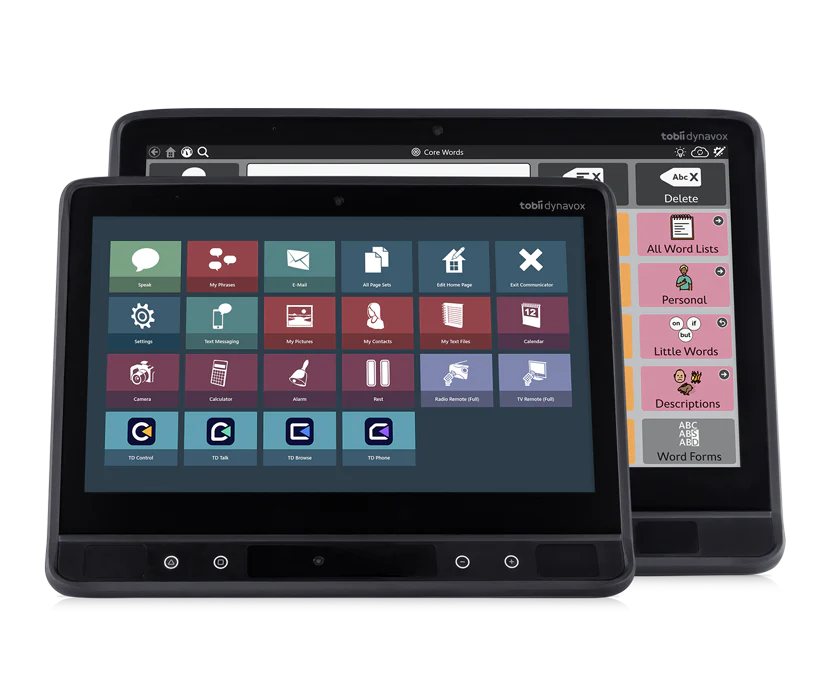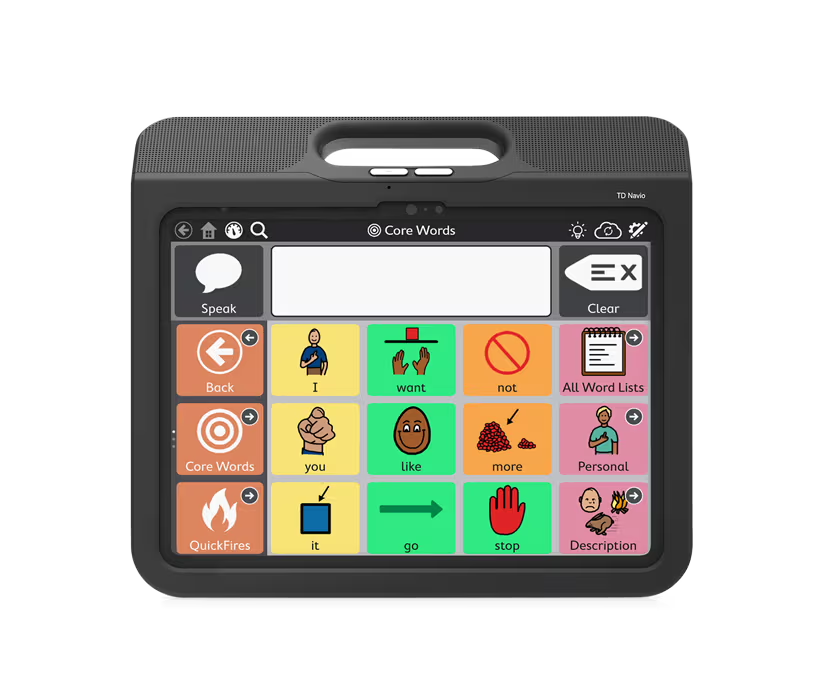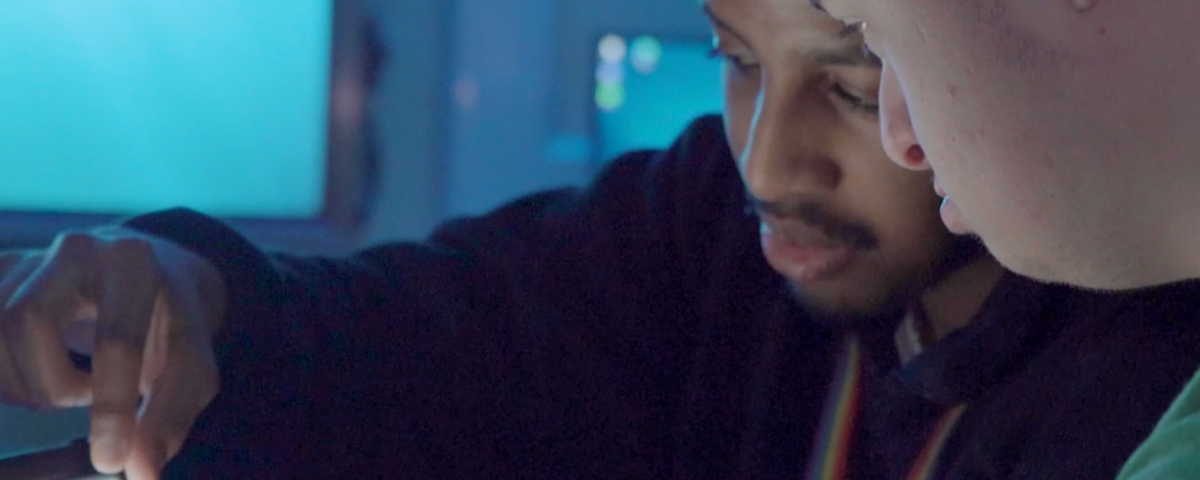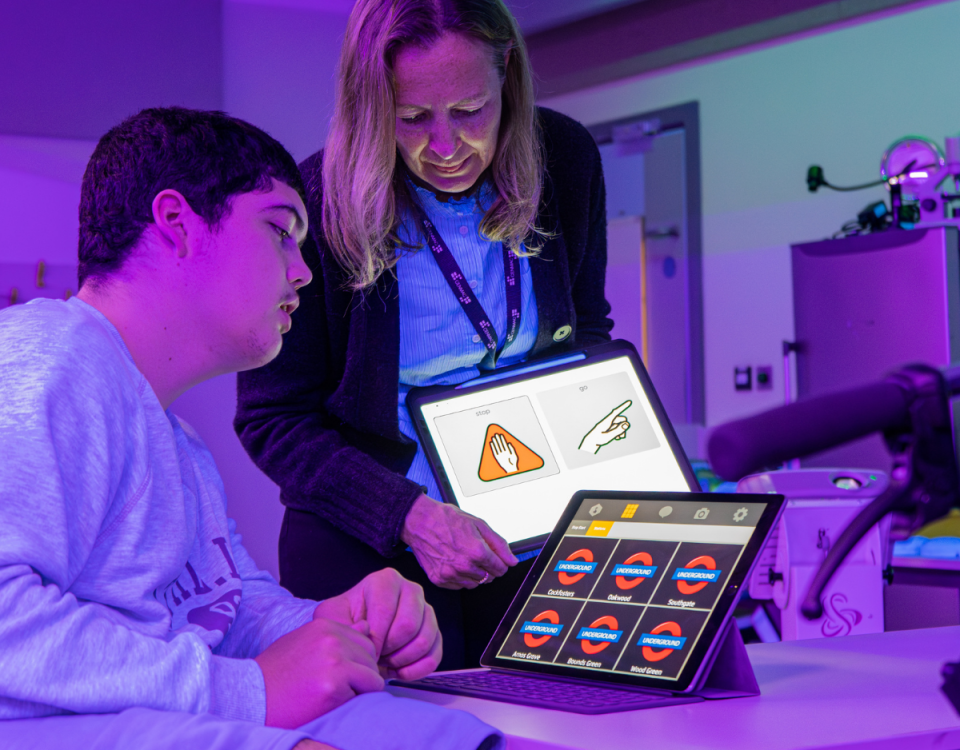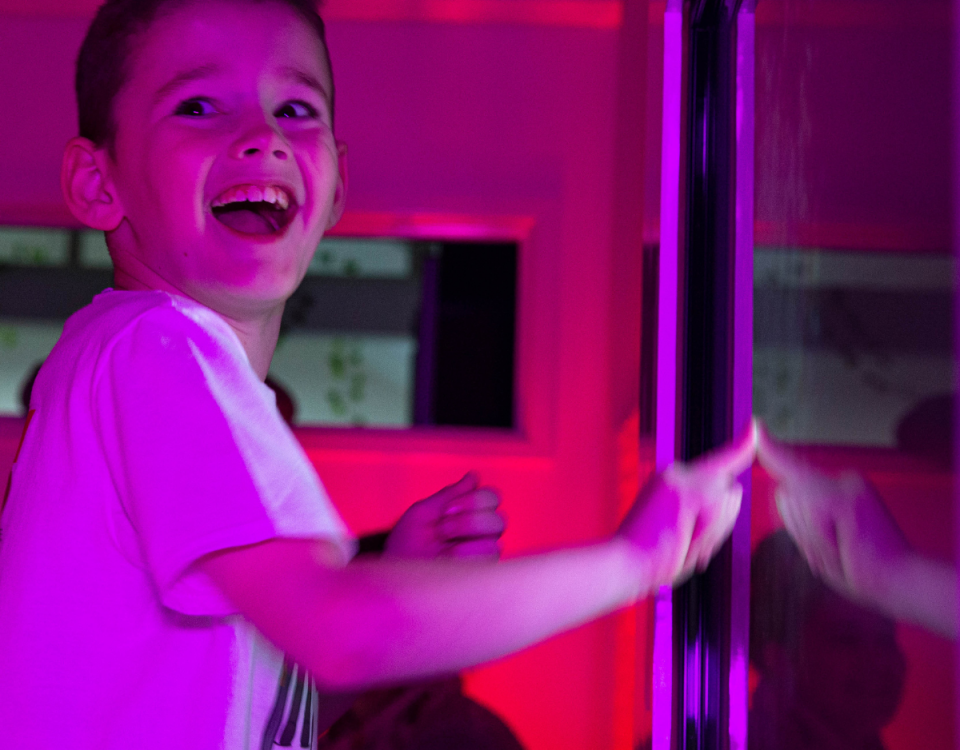
Understanding Cerebral Visual Impairment (CVI): Insights from Lisa Donaldson
December 28, 2024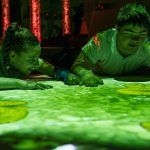
Transforming Sensory Learning at St Joseph’s Specialist School and College
December 28, 2024Lee Blemings from Sensory Guru and Lisa Donaldson, Head of Eyecare at SeeAbility, discuss the critical role of environment and lighting in enabling children to access and engage in the classroom. Their insights highlight simple, effective strategies for creating more inclusive learning spaces.
Environment Essentials
Modern classrooms often rely on a variety of screen-based equipment, such as whiteboards and iPads. However, for children with visual processing difficulties, overstimulation can lead to sensory shutdown.
Lisa and Lee recommend the following strategies to optimise the environment:
-
Minimise Peripheral Clutter
-
Reduce distractions in the surrounding environment.
-
Keep focus on the task at hand by creating a sensory-friendly workspace.
"An ideal environment has minimal peripheral clutter, allowing the child to stay sensorily engaged in the task rather than being distracted by their surroundings."
-
-
Adopt the Rule of 'Big, Bold, and Bright'
- Use large, high-contrast, and brightly coloured materials to make visual tasks more accessible.
- Minimise background clutter that might overwhelm or distract a child.
-
Adapt for Specific Needs
- Some children may struggle with moving targets, while others may find low-contrast materialschallenging.
- Tailor resources and activities to each child’s unique visual needs.
-
Create an Accessible Classroom
- While managing peripheral clutter in busy classrooms can be challenging, ensuring an accessible environment is essential for inclusive learning.
Lighting Essentials
Lighting significantly impacts how a child experiences and interacts with their environment. Poor lighting can hinder visual access and engagement, while well-planned lighting enhances focus and comfort.
Lee and Lisa recommend the following:
-
Ensure Even Lighting
- Use consistent, even lighting to reduce visual strain. Avoid stark contrasts between light and shadow.
-
Minimise Glare
- Glare from windows or reflective surfaces can reduce the clarity of screen-based activities.
- Install blinds or filters to control sunlight and lighting levels.
-
Be Mindful of Strip Lighting
- Some children can detect the flicker of strip lighting, which can cause discomfort or sensory challenges.
- Use flicker-free lighting to create a more stable visual environment.
-
Use Task Lighting
- Provide dedicated task lighting for specific activities, ensuring it is glare-free and complements the overall classroom lighting.
Environment and Lighting Essentials Checklist
- Minimise visual clutter to help children focus.
- Tailor the environment to each child’s visual and sensory needs.
- Use big, bold, and bright materials for high contrast and visibility.
- Ensure even lighting with minimal glare.
- Reduce reflections from windows by installing blinds or filters.
- Avoid flickering strip lighting that may distract or overstimulate children.
Final Thoughts
Creating accessible environments with appropriate lighting is vital for supporting children with visual and sensory challenges. By following these principles, educators can help children engage more effectively with their surroundings, enabling better learning outcomes and experiences.
For more guidance on inclusive classroom design and assistive technology, visit Sensory Guru or SeeAbility.


